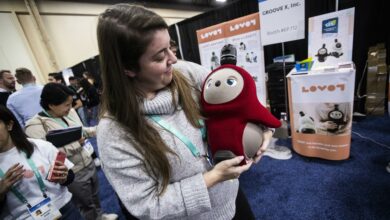All-female grasshopper species has reproduced without sex for 250,000 years

Sydney, Australia, June 3 (EFE).- An Australian grasshopper species “gave up” sex about 250,000 years ago, and the evolution programmed it to reproduce by cloning itself, said a new study published on Friday.
The all-female Warramaba virgo species inhabits arid areas of southern Australia and belongs to the group of Parthenogenetic organisms whose eggs develop into an embryo without being fertilized by a sperm.
The study, led by the University of Melbourne and published in Science, shows that cloning reproduction was ecologically as successful as breeding by sex.
Sex renunciation links to the high energy cost during mating and the risk of being eaten by predators, lead author Michael Kearney said.
“Most species on earth have two sexes, male and female, that mix their genes when they reproduce. This method of reproduction is thought to increase genetic diversity and ecological success of a species,” Kearney said.
His co-author Ary Hoffmann said sexual finding a mate was time and energy-consuming with an increased risk of predation.
“If we can do away with males and still have viable offspring and the species thrives, then why do we bother with sex at all,” Hoffmann said.
The authors analyzed more than 1,500 molecular markers for the study.
They estimated that the W. virgo species evolved from a hybrid mating between two native grasshoppers more than 250,000 years ago.
However, sex also helps in genetic diversity.
And reproducing without mating can cause bad genetic mutations to accumulate and prevent parthenogenetic species from adapting to a changing environment and emerging parasites.
For example, W. virgo lacked some physiological traits, including tolerance to heat and cold, metabolism rate, number and size of eggs they lay, how long they take to mature, and how long they live. EFE
wat/piy-ssk





